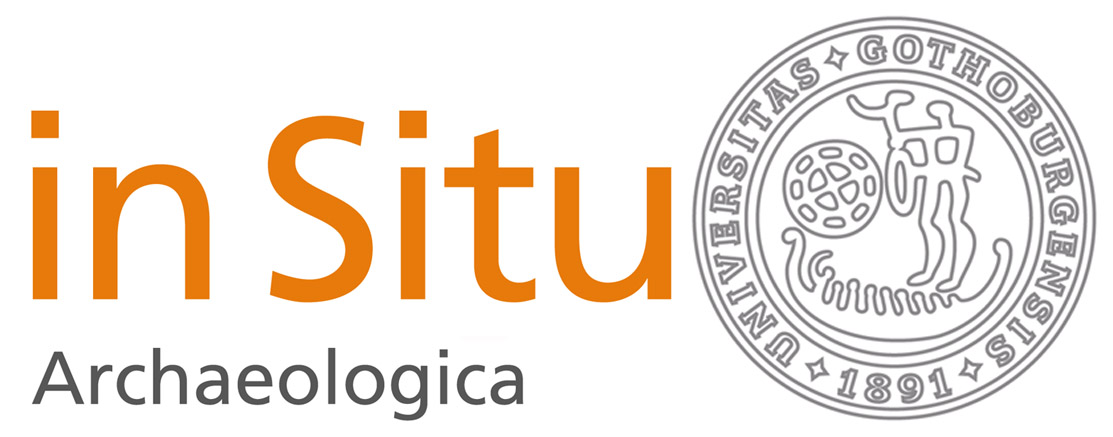Järnålderns mångfunktionella långhus, myt eller verklighet
DOI:
https://doi.org/10.58323/insi.v4.12754Abstract
Within settlement archaeology the Early Iron Age farm of southern Scandinavia is often characterized by its longhouses, having being divided into a dwelling quarter versus a byre for cattle and horses. The arguments for this division vary, but are usually based more on theoretical calculations than empirical evidence. From historical analogues, however, it is clear that theoretical discussions on keeping cattle indoors have little support in real life. Thus, the farmer’s way of life was much more complex, both from a practical view concerning housing and working efforts. In other words, it is very easy from a theoretical perspective to fill Iron Age longhouses with people, as well as cattle and fodder, while the historical sources give a more complicated picture.
Downloads
Downloads
Published
How to Cite
Issue
Section
License
Authors contributing to In Situ Archaeologica agree to publish their articles under a Creative Commons License. This gives third party different rights to use the material under certain conditions. These rights is defined by which license the article is published and it is the third partly responsibility to ensure that the license is fullfilled in any re-use of the material. Authors always retain copyright of their work and any re-use of the material presumes that appropriate credit is given the author, a link is provided to the license, and any changes made are clearly indicated.



